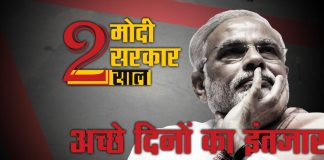TEHELKA is the fastest growing national news group for English & Hindi news magazines. The core value of the brand is to uphold the truth with a free, fair and fearless attitude. The company has a high standard of excellence in journalism and a commitment to assist in India’s fight against corruption. News is published in the maximum number of languages to maintain a stronger circulation base across the country.
Contact us: Contact us: wecare@tehelka.com



